Sukhwinder and Evelyn
Theme: Shape Exploration
Level: Pre-kindergarten and Kindergarten
Goal: To develop geometry sense in early childhood
Objectives:
- To inspire the natural curiosity of children towards geometrical ideas of mathematics.
- To inspire the interest of the students to explore their imagination in the different arrangement of geometrical shapes.
Materials: Two square sheets, scissors, clay or plasticine, string.
Let’s Get Started:
Do you all find any shapes in the following picture?
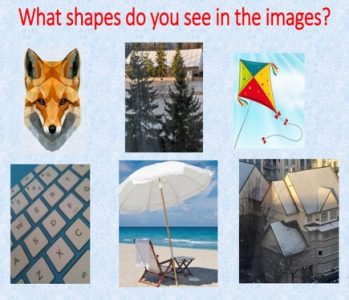
Now, it’s time to start the activity. Take two square sheets and cut them diagonally to have four isosceles triangles of the same size and arrange them in such a way to get different shapes associated with it.

After making the different shapes with triangles, now, this is the time to collect the objects near you, where you could find some shapes.
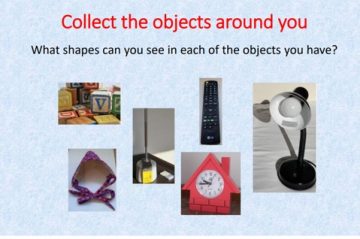
To put more fun and knowledge, at the end of the task, we are showing a picture as follows, that included different forms made by four isosceles triangles. Try to figure out what these shapes look like? And what these shapes remind you of?
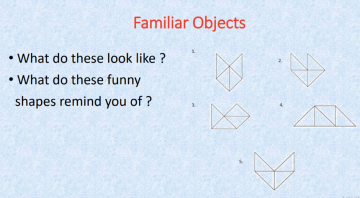
Further Suggestion: To make it more explicit in understanding, we are giving you an activity related to it to explore math at your homes. We are suggesting you make a cube, whether of clay or plasticine, and try to cut it diagonally and find the shapes you will get around the half-cube faces.
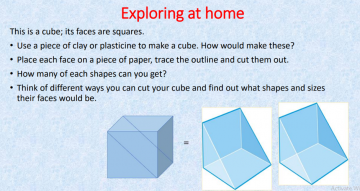
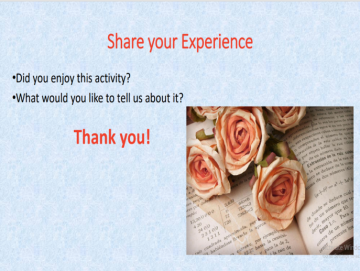
Reference: Sakshaug, L., Olson, M., & Olson, J. K.(2002). Children are mathematical problem solvers. National Council of Teachers of Mathematics.